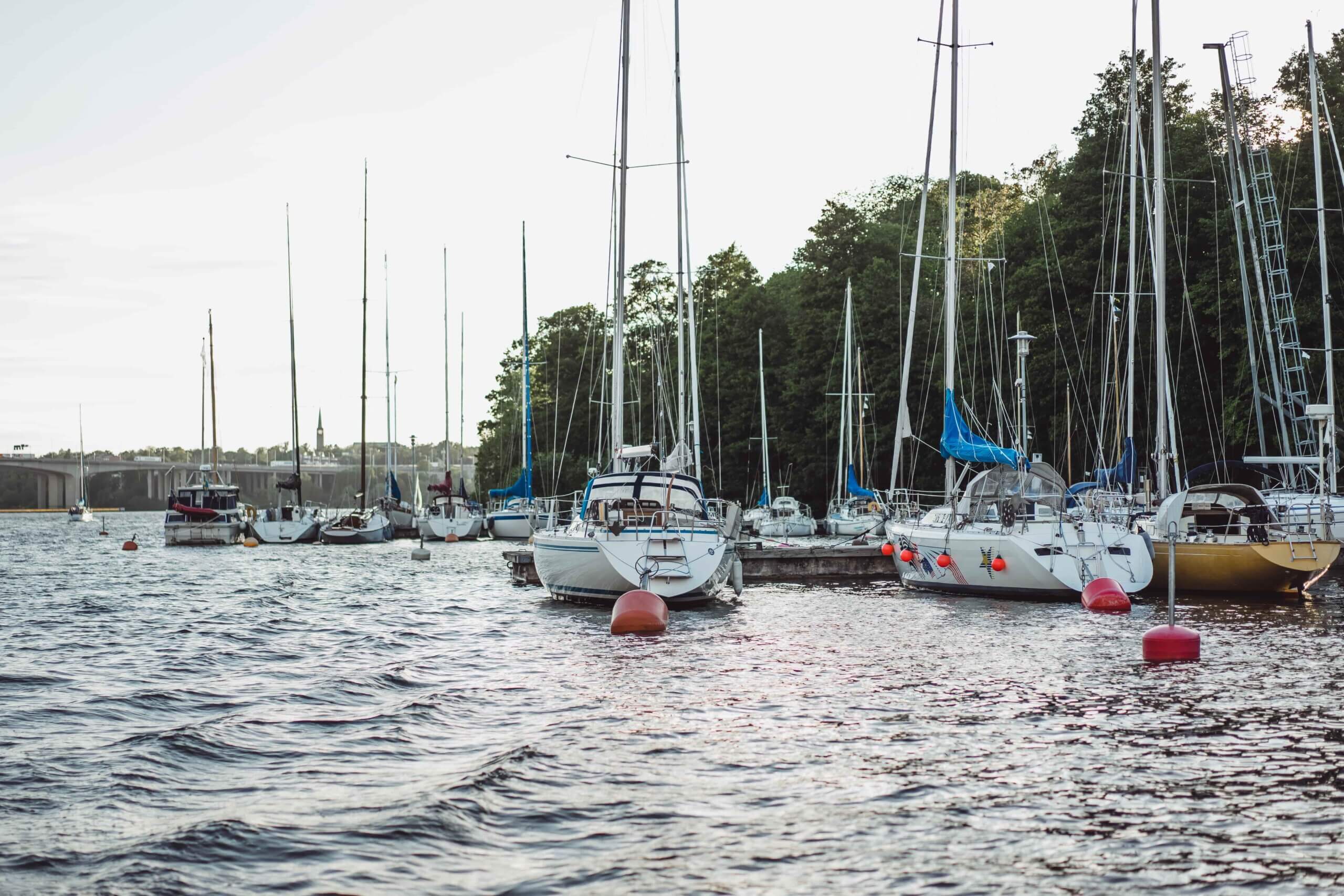Navigating Boating Accidents: The Safety Side and the Legal Side
Serious boating accidents result in tens of millions of dollars in damages and thousands of deaths each year. In 2022, according to figures from the US Coast Guard, that number was $63 million in damages and more than 4,000 deaths and 2,200 injuries.
Most boat owners know the importance of preparing for accidents—equipping boats with life jackets, marine radios, first-aid kits, etc.—but it is also essential to be prepared for the legal damage an accident on the water can cause. In fact, failure to understand your state’s rules and regulations alone can be costly. For instance, not having life preservers aboard can result in a fine of thousands of dollars.
In addition to learning about maritime safety , new boat owners should learn the basics of maritime law , and even what maritime lawyers and law firms are available in their area.
Responding Responsibly
When it comes down to boating accidents , it’s essential to (1) ensure the safety of everyone involved and (2) stay on top of the legal issues quickly floating to the surface. Here’s a rundown of how boat owners and people organizing boating activities should respond to mishaps on the water.
Safety first
Responding appropriately to boating accidents saves lives and prevents injuries. Safety always comes first. At the same time, taking charge is part of boat owners’ legal responsibilities.
Stay calm, take control.
For most people, this is the most difficult step: staying calm after an accident or mishap. Panic will only make things worse and cause confusion and more issues.
As the boat’s captain or organizer of the outing, you can provide leadership to participants who will look to you for direction. Quickly adopt and implement a plan. Always make sure to watch for new developments such as approaching vessels, leaks, or people overboard.
Conduct a safety head count.
The first thing to do after any mishap on the water is to check on the safety of everyone involved. Make sure each person on or near the boat is safe and out of danger. Conduct a careful headcount, ideally along with another person who can corroborate the numbers. Even if you have remained calm, accidents cause frayed nerves, which in turn can lead to mistakes.
Alert authorities
After ensuring everyone is safe, it’s time to alert authorities—even if you think the situation isn’t that dire. Err on the side of caution. Immediately make a Mayday call or a pan-pan call for help on your marine or VHF radio. Mayday is for severe problems, while pan-pan calls are for urgent problems.
When you make the call, be sure to include all needed information:
- The type of emergency.
- Any immediate medical emergencies requiring help/rescue.
- Your full name.
- The boat’s name.
- Your location.
- The nature of your emergency.
- The number of people on board or involved.
- The status of all people involved.
- Whether other boats or people outside your boat were involved and their status.
Repeat your call until you receive an acknowledgment. Also, as you call on your radio, others aboard can begin calling for help using their cell phones if you’re in range.
Seek help for any medical emergencies.
At this point, check again on the safety of everyone on board or involved and ensure that help has been requested for every person in need of medical attention.
The legal side second
Once safety is ensured, it’s time to navigate the legal waters . Though the rules of the water differ significantly from the rules of the road, correctly responding to a boating accident is very similar to the proper response in a car accident. In both cases, collecting information and documenting events is essential.
Communicate with others involved
If another boat or people outside your boat (such as on a dock, etc.) were involved, reach out to them, just as you would another vehicle in a car accident.
- First, check on their safety and needs, and help if possible.
- Second, check to see if they have radioed for help, and if not, radio for them,
- Third, exchange information, just as you would following a fender-bender. Exchange full names, contact information, boat registration numbers, and insurance information. Jot down the boats’ make, model number, and visible damage as well.
Take pictures and videos (if it is safe). It is extremely important to record what happened and what damage was caused.
Document the incident.
In addition to taking pictures and videos of the scene, recording any injuries or visible damage, also make sure to jot down key information about the incident. Include the time, location, weather conditions, and behavior of the people involved. What happened before the incident or the factors that might have caused the incident? What happened during and immediately after the incident? Importantly, jot down what steps you took (see above) and when.
Report the incident.
For both insurance purposes and to satisfy public safety regulations, you may be required to report a boating accident just as you are a car accident, even if no one was hurt and the damage was minimal. Typically this involves notifying your state’s boating authority as well as your insurance provider.
Again, err on the side of caution. Delay or failure to report an incident can result in legal complications including fines and/or difficulty collecting insurance claims.
Seek legal advice
Like car accidents, boating accidents can result in legal and financial headaches thus making legal counsel advisable. Having competent legal counsel can help you navigate the complexities of maritime law and protect your rights and interests, as well as the interests of the other people involved.
Takeaway
Knowing what to do after a boating accident is essential. Being prepared can help you save lives as well as avoid the legal, financial, and insurance issues that often arise. For more information, contact Ludwin Law Group directly.

 BACK TO BLOG
BACK TO BLOG
